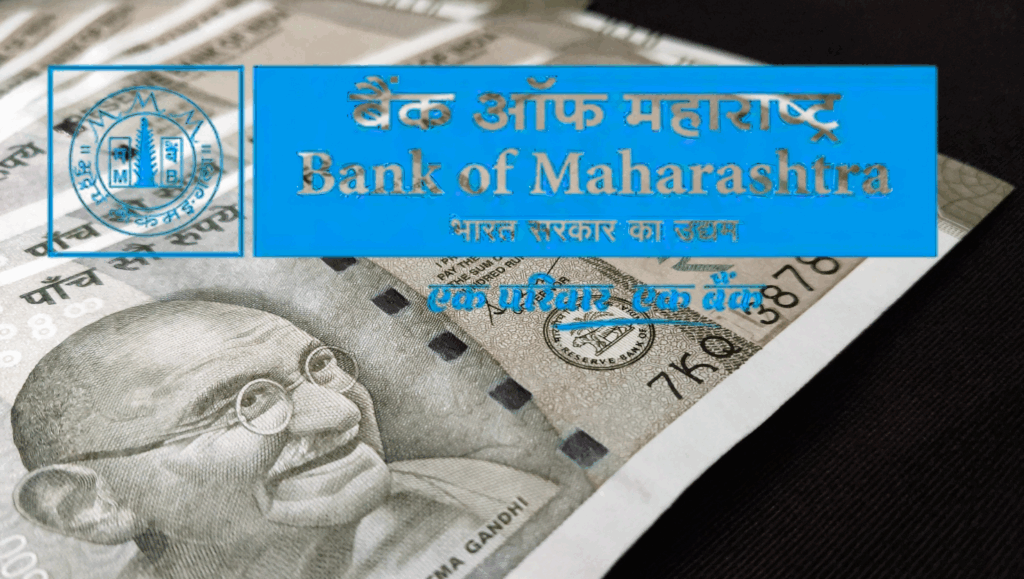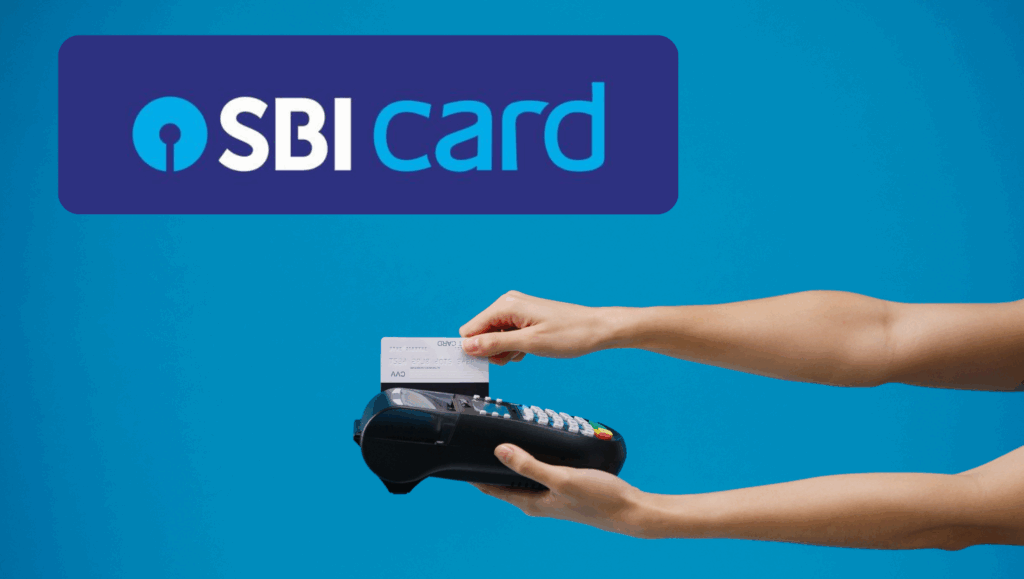
In today’s fast-paced world, financial stability is a cornerstone of a secure future. One of the most fundamental steps toward achieving this stability is opening and maintaining a saving bank account. In India, saving bank accounts are not just a financial tool but a gateway to a world of banking services, investment opportunities, and financial security. Whether you’re a student, a working professional, or a retiree, understanding the nuances of saving bank accounts in India is crucial for making informed financial decisions.
This comprehensive guide will walk you through everything you need to know about saving bank accounts in India, including their benefits, types, interest rates, tax implications, and tips for choosing the right account. By the end of this article, you’ll have a clear understanding of how to maximize the benefits of your saving bank account.
What is a Saving Bank Account?
A saving bank account is a deposit account offered by banks and financial institutions that allows individuals to securely store their money while earning interest on the deposited amount. It is designed to encourage savings by providing a safe and accessible place to keep funds. In India, saving bank accounts are highly popular due to their simplicity, liquidity, and the ability to earn interest on idle money.
Why Open a Saving Bank Account in India?
- Safety and Security: Banks in India are regulated by the Reserve Bank of India (RBI), ensuring that your money is safe and secure.
- Earn Interest: Saving bank accounts offer interest on your deposits, helping your money grow over time.
- Liquidity: You can access your funds anytime through ATMs, online banking, or bank branches.
- Financial Inclusion: Saving accounts are a stepping stone to other financial products like loans, credit cards, and investments.
- Convenience: With features like net banking, mobile banking, and UPI, managing your finances has never been easier.
Types of Saving Bank Accounts in India
Banks in India offer a variety of saving bank accounts tailored to meet the needs of different customer segments. Here are some popular types:
- Regular Saving Account: Ideal for individuals who want a basic account with standard features like debit cards, net banking, and checkbooks.
- Zero Balance Account: As the name suggests, these accounts do not require a minimum balance. They are often offered under government schemes like Pradhan Mantri Jan Dhan Yojana (PMJDY).
- Women’s Saving Account: Designed exclusively for women, these accounts often come with additional benefits like discounts on loans and higher interest rates.
- Senior Citizen Saving Account: Tailored for individuals aged 60 and above, these accounts offer higher interest rates and additional perks.
- Kids/Teen Saving Account: Encourages savings habits among children and teenagers, often with lower minimum balance requirements.
- Salary Account: Offered to salaried individuals by their employers, these accounts usually come with zero balance requirements and additional benefits.
- NRI Saving Account: Designed for Non-Resident Indians (NRIs), these accounts allow NRIs to manage their finances in India.
Interest Rates on Saving Bank Accounts in India
The interest rate on saving bank accounts is a key factor to consider when choosing a bank. As of 2025, the average interest rate on saving accounts in India ranges from 2.70% to 7% per annum, depending on the bank and type of account. Here’s a quick overview of interest rates offered by some leading banks:
| Bank | Interest Rate (p.a.) |
| DBS Bank | 7.00% (for Rs. 4 lakh – Rs. 5 lakh) |
| Bandhan Bank Ltd. | 6.00% |
| Jana Small Finance Bank Limited | 5.00% (for incremental balances above Rs. 1 lakh up to Rs. 5 lakh) |
| AU Small Finance Bank | 5.00% |
| Yes Bank | 4.50% |
| Utkarsh Small Finance Bank Limited | 4.00% |
| North East Small Finance Bank Limited | 4.00% |
| Kotak Mahindra Bank | 4.00% |
| IDFC First Bank | 4.00% |
| SBM Bank (India) Limited | 3.50% |
| Capital Small Finance Bank Limited | 3.50% |
| Ujjivan Small Finance Bank Limited | 3.50% |
| ESAF Small Finance Bank Limited | 3.50% |
| RBL Bank Limited | 3.50% |
| Axis Bank | 3.50% |
| HDFC Bank | 3.50% |
| ICICI Bank | 3.50% |
| DCB Bank | 3.50% |
| Federal Bank | 3.20% |
| Equitas Small Finance Bank Limited | 3.00% |
| Shivalik Small Finance Bank Limited | 3.00% |
| Suryoday Small Finance Bank Limited | 3.00% |
| IndusInd Bank | 3.00% |
| South Indian Bank | 3.00% |
| Karnataka Bank | 3.00% |
| Canara Bank | 2.90% |
| Union Bank of India | 2.80% |
| Indian Bank | 2.80% |
| Punjab National Bank | 2.75% |
| Bank of Baroda | 2.75% |
| IDBI Bank | 2.75% |
| Central Bank of India | 2.75% |
| Punjab & Sind Bank | 2.75% |
| Bank of India | 2.75% |
| State Bank of India (SBI) | 2.70% |
*It’s important to note that interest rates are subject to change based on RBI guidelines and bank policies.
Tax Implications on Saving Bank Accounts
Interest earned on saving bank accounts is taxable under the Income Tax Act, 1961. However, you can claim a deduction of up to ₹10,000 per financial year under Section 80TTA for interest earned on saving accounts. For senior citizens, the deduction limit is ₹50,000 per year under Section 80TTB.
How to Choose the Right Saving Bank Account in India
With so many options available, choosing the right saving bank account can be overwhelming. Here are some factors to consider:
- Interest Rates: Compare interest rates offered by different banks to maximize your earnings.
- Minimum Balance Requirement: Choose an account with a minimum balance requirement that suits your financial situation.
- Fees and Charges: Be aware of fees for services like ATM withdrawals, SMS alerts, and checkbooks.
- Accessibility: Opt for a bank with a wide network of ATMs and branches for convenience.
- Digital Banking Features: Look for accounts that offer robust net banking and mobile banking facilities.
- Additional Benefits: Some accounts offer perks like discounts on loans, insurance, and shopping.
Top Banks Offering Saving Accounts in India
Here’s a list of some of the best banks for saving accounts in India:
- State Bank of India (SBI): Known for its extensive branch network and reliable services.
- HDFC Bank: Offers high-interest rates and excellent digital banking features.
- ICICI Bank: Provides a wide range of account options and superior customer service.
- Axis Bank: Known for its innovative banking solutions and competitive interest rates.
- Kotak Mahindra Bank: Offers attractive interest rates and zero balance accounts.
- IDFC First Bank: Provides one of the highest interest rates in the industry.
- Small Finance Banks: Ideal for those looking for higher interest rates and personalized services.
Steps to Open a Saving Bank Account in India
Opening a saving bank account in India is a straightforward process. Here’s how you can do it:
- Choose a Bank: Research and select a bank that meets your requirements.
- Visit the Bank Branch or Apply Online: Most banks allow you to apply for an account online.
- Submit Required Documents: You’ll need to provide identity proof, address proof, and photographs.
- Complete KYC Process: The bank will verify your documents as part of the Know Your Customer (KYC) process.
- Deposit Initial Amount: Some banks require an initial deposit to activate the account.
- Receive Account Details: Once your account is opened, you’ll receive your account number, checkbook, and debit card.
Tips to Maximize the Benefits of Your Saving Bank Account
- Maintain the Minimum Balance: Avoid penalties by maintaining the required minimum balance.
- Use Digital Banking: Take advantage of net banking and mobile banking for seamless transactions.
- Set Up Automatic Transfers: Automate your savings by setting up recurring transfers to your account.
- Monitor Your Account: Regularly check your account statements for any discrepancies.
- Link Your Account to Investments: Use your saving account to invest in mutual funds, fixed deposits, and other financial products.
A saving bank account is more than just a place to store your money—it’s a powerful financial tool that can help you achieve your financial goals. Whether you’re looking to save for the future, earn interest, or access a range of banking services, a saving account is the perfect starting point.
By understanding the different types of saving accounts, interest rates, and tax implications, you can make an informed decision and choose the right account for your needs. Remember to compare banks, read the fine print, and take advantage of digital banking features to maximize the benefits of your saving account.
Start your journey toward financial security today by opening a saving bank account in India. With the right approach, you can turn your savings into a stepping stone for a brighter and more secure future.
Frequently Asked Questions (FAQs)
- Can I open a saving bank account online?
Yes, most banks in India allow you to open a saving account online through their website or mobile app. - What is the minimum balance requirement for a saving account?
The minimum balance requirement varies by bank and account type. It can range from zero to ₹10,000 or more. - Is interest earned on saving accounts taxable?
Yes, interest earned on saving accounts is taxable, but you can claim a deduction under Section 80TTA or 80TTB. - Can NRIs open a saving account in India?
Yes, NRIs can open NRI saving accounts, which are specifically designed for them. - What is the difference between a saving account and a current account?
A saving account is for individuals to save money and earn interest, while a current account is for businesses and offers no interest.
-
The $5,000 Welcome Bill: Why the US Border Just Became a Lifetime Debt Trap for Indians in 2025
Think the $5,000 fee for illegal US entry is just a fine? Think again. A hidden clause turns
-
HDFC Bank Just Cut Rates, But Your EMI Won’t Budge: The ‘Ghost Clause’ That Could Cost You Millions in 2025
HDFC Bank just slashed rates, but your EMI might not drop a single rupee. Why? A “ghost clause”
-
The “American” Baby Trap: Why SCOTUS’s 2025 Review Could Leave Your Child Stateless
Think your US-born child is American? A hidden Supreme Court case could leave H-1B babies legally stateless in 2026. From































